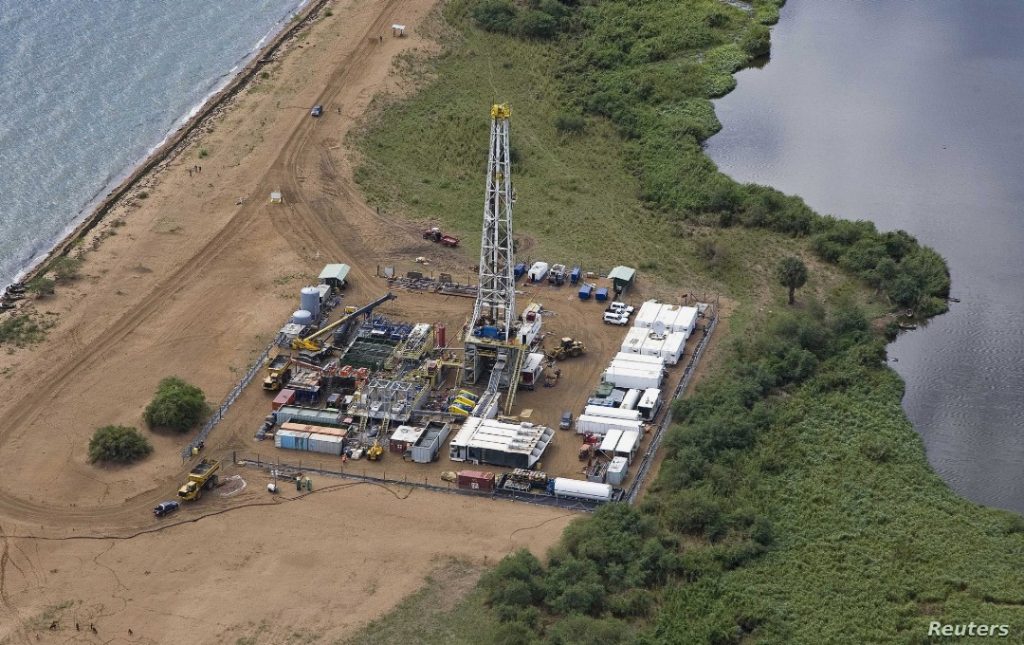Uganda’s Oil Infrastructure: Laying the Groundwork for Sustainable Growth
As Uganda prepares for commercial oil production in 2025, the development of key infrastructure will be crucial for maximizing the benefits of its oil reserves, estimated at over 6.5 billion barrels in the Albertine Graben. With careful planning, Uganda aims to build a robust infrastructure to support its oil sector, contributing to long-term economic growth.
Key Infrastructure for Oil Development
Uganda’s oil industry relies on several essential infrastructure elements:
Pipelines: The East African Crude Oil Pipeline (EACOP) will transport Uganda’s crude oil to Tanzania’s port of Tanga, offering vital access to international markets. Spanning 1,445 kilometers, it will play a pivotal role in Uganda’s oil exports.
Refineries: Uganda is constructing its first oil refinery in Hoima, which will process crude oil for local use, reducing reliance on imported petroleum products.
Storage and Transport: Adequate storage facilities, including tank farms and terminals, are being built to manage production and distribution. Enhanced road and rail networks will facilitate the movement of goods and personnel to and from oil fields.
Power Generation: Reliable power infrastructure is essential for supporting oil extraction and refinery operations, as well as contributing to Uganda’s broader energy needs.
Government’s Role in Infrastructure Development
The Ugandan government plays a central role in driving infrastructure development through public-private partnerships (PPPs). Collaborative efforts with international companies and investors are key to building vital infrastructure. The Petroleum Authority of Uganda (PAU) ensures that projects adhere to legal, safety, and environmental standards, while strategic planning ensures sustainability.
Impact on Local Communities
While infrastructure development creates new opportunities, it also presents challenges for local communities:
Land Acquisition: Oil infrastructure projects require land, prompting the need for Resettlement Action Plans (RAPs) to provide fair compensation for displaced families.
Job Creation: The oil sector will generate jobs in construction, operation, and service industries, with a focus on local content policies to ensure Ugandans benefit from these opportunities.
Environmental Safeguards: Environmental impact assessments help mitigate the potential risks to Uganda’s oil-rich regions, ensuring that development is sustainable and beneficial to local populations.
Challenges in Development
Despite progress, Uganda faces challenges in infrastructure development:
Funding: Large projects, like the EACOP and refinery, require significant investment, with financing from both international and local partners being essential.
Geographical and Environmental Barriers: Uganda’s remote oil fields present logistical challenges, requiring advanced technology and careful planning to minimize environmental impact.
Political and Social Risks: Political instability and community resistance can affect project progress, underscoring the importance of inclusive planning and transparent engagement with local communities.
Broader Economic Impact
Oil infrastructure development will play a crucial role in diversifying Uganda’s economy beyond agriculture. The sector will generate revenue for public services and infrastructure while creating jobs across various industries. Additionally, the EACOP pipeline will integrate Uganda into the regional energy market, enhancing its role as a key player in East Africa’s energy sector.
Conclusion
Uganda’s oil infrastructure is pivotal to the country’s economic future. With well-planned investments and attention to social and environmental factors, Uganda has the opportunity to harness its oil resources for sustainable growth, benefiting both the economy and its people for generations to come.


